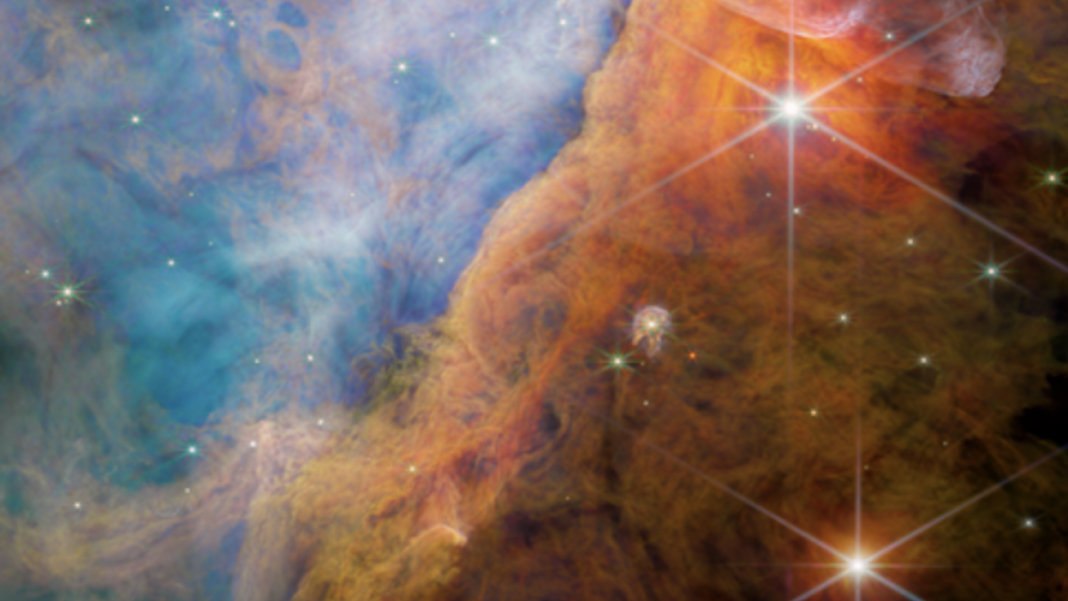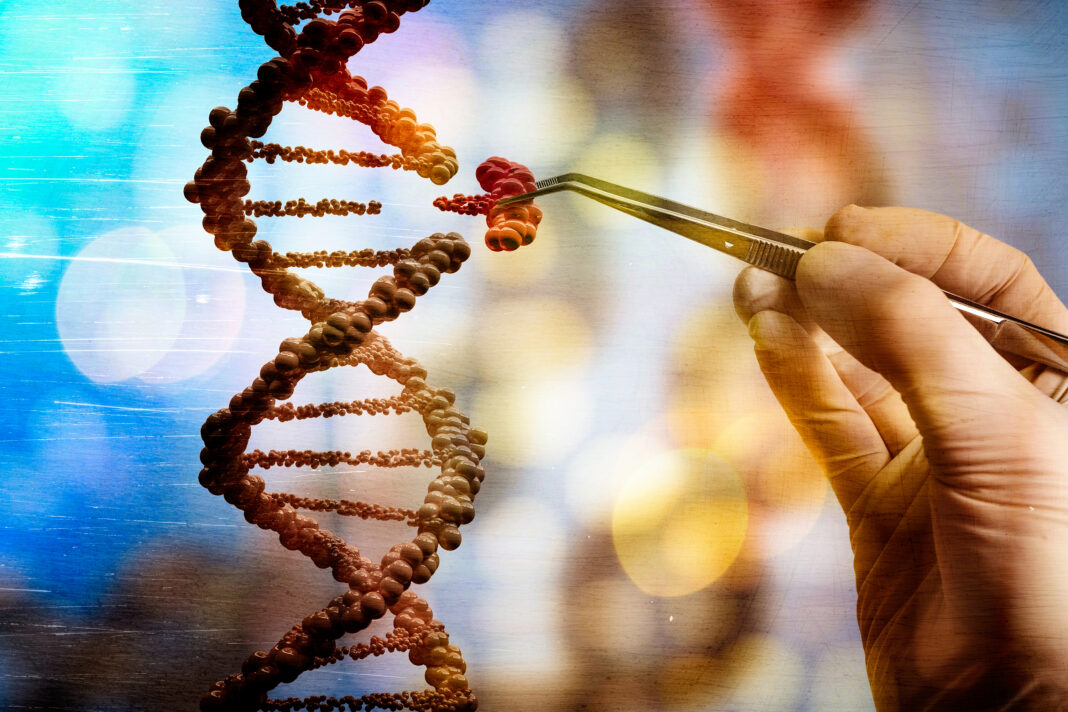In a groundbreaking discovery, astronomers using the James Webb Space Telescope have detected a carbon molecule believed to be a vital building block for life across the universe. This remarkable finding took place in the Orion Nebula, a star nursery located approximately 1,350 light-years away from Earth. Not only did the researchers capture an awe-inspiring image of this celestial region, surpassing even the renowned Hubble telescope, but they also identified the elusive molecule within a young star system known as d203-506. Let’s delve into the significance of this cosmic revelation.
The Quest for Carbon Compounds: Scientists have long been in pursuit of signals indicating the presence of carbon compounds in the vast expanse of the universe. Carbon chemistry forms the basis of life as we know it on Earth, making its exploration crucial in understanding the potential for life elsewhere. Interestingly, ancient Mayan culture referred to the Orion Nebula as the “cosmic fire of creation,” adding a mystical allure to this discovery.

Unveiling the Methyl Cation: The enigmatic signal detected by the James Webb Space Telescope turned out to be the methyl cation, a relatively unfamiliar molecule to the general public until now. NASA even provided a pronunciation guide for this newly recognized compound. Organic chemists believe that methyl cation plays a pivotal role in the formation of complex carbon-based molecules. Scientists have postulated its existence since the 1970s as a missing link between simpler and more intricate organic compounds. The recent detection in space finally provides direct evidence of its presence and validates its significance in interstellar chemistry.
Here’s a closer look (bottom right) at the star system where methyl cation was found. Its planet-forming disk was bombarded with UV radiation from nearby young stars, radiation typically expected to destroy complex carbon molecules. pic.twitter.com/QTndeJw1Ye
— NASA Webb Telescope (@NASAWebb) June 26, 2023
Understanding Methyl Cation: Visualizing the role of methyl cation, one can liken it to a train station where molecules can temporarily reside before branching off in various directions to interact with other molecules. This discovery not only highlights the extraordinary sensitivity of the Webb telescope but also confirms the crucial role of methyl cation in the chemistry of interstellar environments. It offers insights into the formation and evolution of complex molecules necessary for the emergence of life.
The James Webb Space Telescope‘s exceptional capabilities have enabled astronomers to make an unprecedented discovery in the Orion Nebula, uncovering the presence of the vital carbon molecule, methyl cation. This breakthrough provides valuable insights into the interstellar chemistry that paves the way for the formation of more intricate organic compounds. By expanding our understanding of the cosmos and the fundamental ingredients for life, this remarkable finding fuels our curiosity and sparks further exploration into the mysteries of the universe.
What are planet-forming disks? Planet-forming disks, also known as protoplanetary disks, are flat structures composed of gas, dust, and debris that surround young stars. These disks serve as the birthplace for planetary systems, providing the necessary materials for planet formation.
What is the protoplanetary disk theory? The protoplanetary disk theory explains the formation of planets from protoplanetary disks. According to this theory, as a young star forms, its surrounding disk begins to accumulate matter through gravitational attraction and collisions. Over time, this material starts to clump together, eventually forming planets and other celestial bodies.
Is the disk where planets eventually form? Yes, the disk surrounding a young star is the primary location where planets form. Within the protoplanetary disk, dust particles collide and stick together, gradually growing in size to form planetesimals, which then further accumulate to create planets.
How did the planetary disk form? The exact process of planetary disk formation is not yet fully understood, but it is believed to occur as a natural consequence of star formation. When a cloud of gas and dust collapses under its gravity, it begins to spin and flatten into a disk shape due to the conservation of angular momentum. This disk provides the necessary material for planet formation.
How does UV radiation affect humans? UV radiation can have both beneficial and harmful effects on humans. Small doses of UV radiation, such as sunlight, are essential for the production of vitamin D in our bodies, which is crucial for maintaining healthy bones. However, excessive exposure to UV radiation, especially from sources like the sun or artificial tanning devices, can damage the skin, lead to sunburns, premature aging, and increase the risk of skin cancer.
What UV is safe for humans? The UV radiation spectrum consists of UVA, UVB, and UVC rays. UVC rays are mostly absorbed by the Earth’s atmosphere and do not reach the surface. In terms of safety, moderate exposure to UV radiation, particularly UVB rays, is essential for vitamin D synthesis. However, it is important to protect the skin from excessive UV radiation by using sunscreen, wearing protective clothing, and seeking shade, especially during peak hours when the sun’s rays are strongest.











